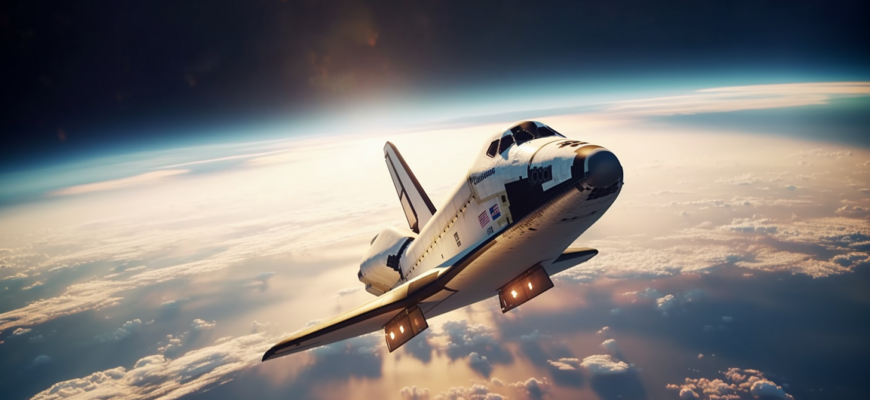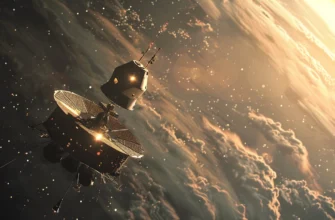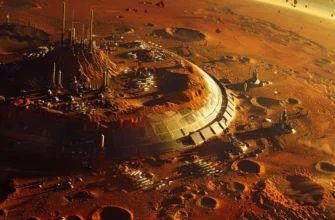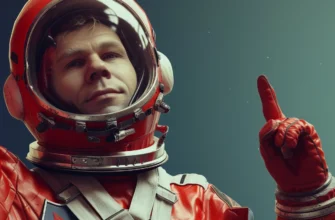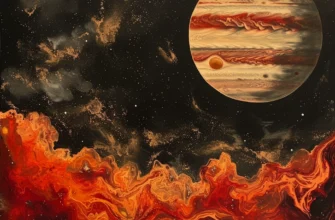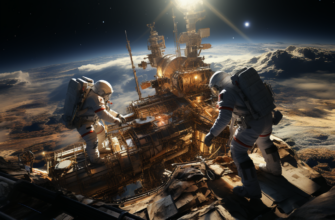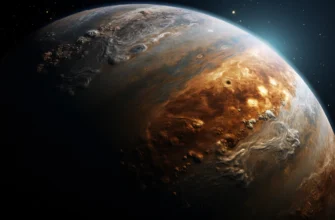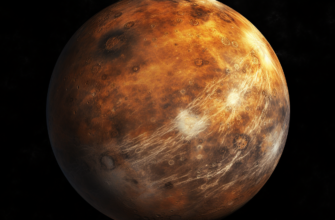Historicly, the first space shuttle launch, Columbia, on April 12, 1981 marked a major milestone in human spaceflight. After almost a decade of development, the reusable spacecraft finally took flight, ushering in a new era of increased access to space.
The first space shuttle launch program had origins dating back to the 1960s, when NASA began studies for a reusable spacecraft to provide frequent and affordable access to low Earth orbit. After receiving approval to move forward, the development of the space shuttle spanned throughout the 1970s, culminating in Columbia’s first launch in 1981.
- The Origins of the Space Shuttle Program
- The Quest for Reusability
- Evolving Designs and Shifting Requirements
- Building and Testing the First Shuttle
- Manufacturing Columbia
- Approach and Landing Tests
- Orbital Flight Tests
- Preparing for Columbia’s Maiden Voyage
- Bringing Together the first Space Shuttle launch Stack
- Selecting the STS-1 Flight Crew
- Mission Objectives
- Liftoff of the First Space Shuttle launch
- Countdown and Launch
- Mission Control
- Media Coverage
- Columbia’s Return to Earth
- Deorbit Burn
- Re-entry and Landing
- Mission Complete
- Detailed Highlights from STS-1: The Mission of Columbia
- Launching the Columbia Stack
- Activating Critical Systems
- Flying the Shuttle in Orbit
- Deploying Payloads
- Dealing with Tile Damage
- Cabin Activities and Crew Leisure
- Mission Control Operations
- Public Interest and Media Coverage
- Challenges and Anomalies During STS-1
- SSME Engine Anomaly
- Fuel Cell Problems
- Communications Dropouts
- Flash Evaporator Anomaly
- Display Anomalies
- Conclusion of the Historic STS-1 Mission
The Origins of the Space Shuttle Program
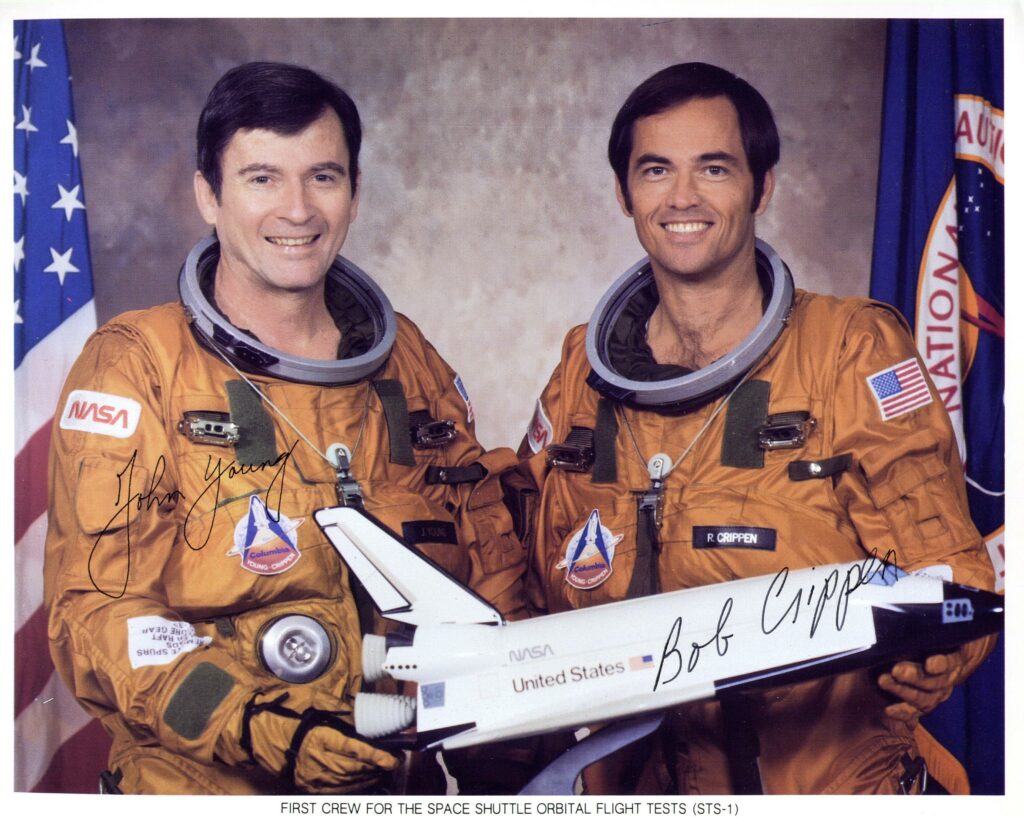
The roots of the space shuttle program stretch back to the late 1960s, when NASA began investigating the potential for a reusable spacecraft.
Several key factors led NASA to pursue a reusable vehicle:
- High cost of space access – Using expendable rockets for every launch was expensive. A reusable spacecraft could drastically reduce costs.
- Military interests – The U.S. Air Force was interested in a reusable spacecraft that could launch satellites into orbit. A partnership with NASA could provide funding.
- Low Earth orbit operations – NASA wanted routine access to space to build a space station and conduct microgravity research. A reusable spacecraft with frequent launches could enable these goals.
In 1969, President Nixon formally approved the start of the the first space shuttle launch program, still in the early planning stages at NASA. Development would take nearly a decade.
The Quest for Reusability
A major focus of the first space shuttle launch design was reusability. Unlike previous crewed spacecraft like Apollo, the space shuttle was intended to launch, land, and then launch again multiple times, reducing the costs associated with space access.
Several designs were considered:
- Fully reusable vehicles with flyback boosters
- Partially reusable vehicles with liquid fuel boosters
- Smaller spaceplanes launched from the back of an aircraft
Eventually NASA settled on a partially reusable design with a winged orbiter vehicle and large expendable external tank and solid rocket boosters. This approach provided a balance of reusability and affordability.
Evolving Designs and Shifting Requirements
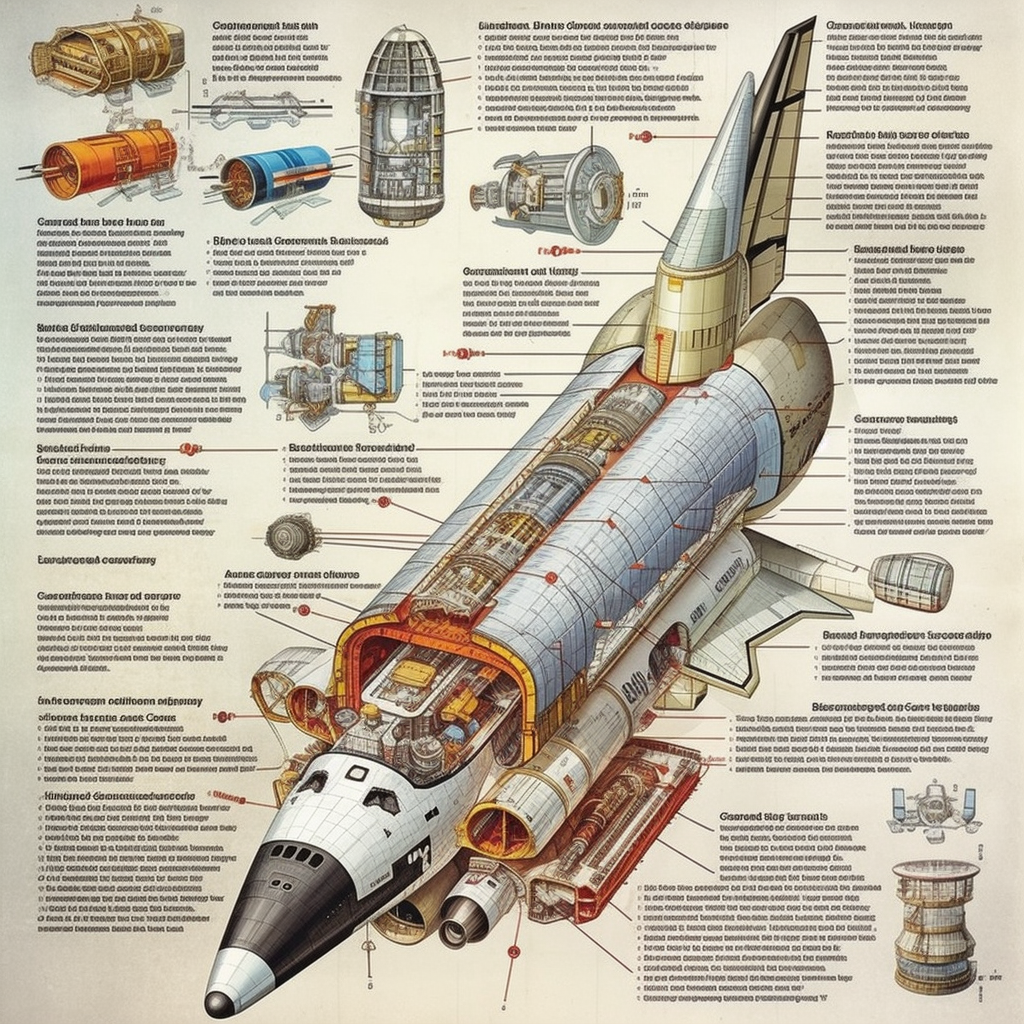
Throughout the 1970s, the first space shuttle launch design evolved amid changing requirements and budget constraints. Some key developments:
- Originally conceived as a spaceplane servicing a military space station, the shuttle later shifted focus to broader civil and military tasks.
- An initial fully reusable design proved too costly, leading to the semi-reusable approach with expendable external tank.
- Payload capacity changed from 50,000 lbs to 65,000 lbs as Department of Defense needs increased.
- Program budgets were reduced in 1971, forcing changes like deletion of a liquid flyback booster.
The result was a spaceplane design using recoverable solid rocket boosters, an expendable external tank, and a winged orbiter carrying crew and payloads into orbit.
Building and Testing the First Shuttle
Following finalization of the overall design, NASA moved forward with the construction and testing of the first space shuttle launch orbiter, which would be named Columbia. This marked the physical transition from concept to operational vehicle.
Manufacturing Columbia
Construction of Columbia began in 1975 at Rockwell International’s plant in Palmdale, California. Some key steps included:
- Fuselage fabrication using an aluminum alloy structure
- Attachment of Delta-shaped wings and vertical stabilizer
- Installation of protective silica tiles for thermal protection
- Engine fitting of three RS-25 liquid fueled engines
- Addition of forward fuselage with crew compartment
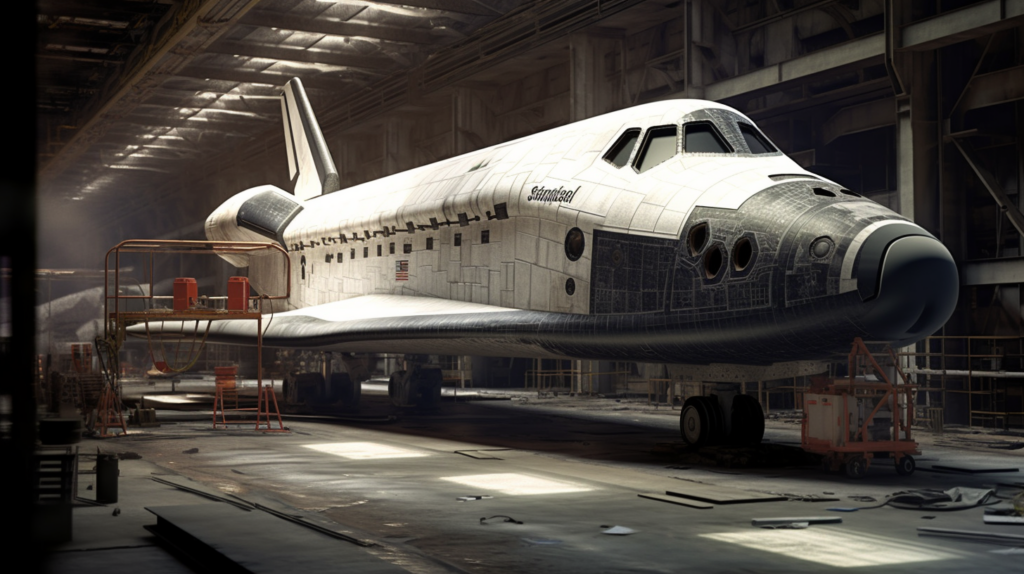
By 1979, construction of Columbia was largely complete. Next it would undergo an extensive test program to prepare for its maiden voyage into space.
Approach and Landing Tests
Before allowing astronauts onboard, NASA wanted to rigorously test Columbia’s flying abilities. A series of Approach and Landing Tests (ALT) were conducted at Edwards Air Force Base in California starting in 1977. These tests involved:
- Mating Columbia to a modified Boeing 747 carrier aircraft
- Conducting a series of captive carry test flights
- Performing free flights launched from the 747 at altitude
- Piloting Columbia through gliding landings on a dry lakebed runway
These tests demonstrated Columbia’s aerodynamic handling and verified critical reentry and landing techniques. Columbia flew freely five times, paving the way for astronauts to board.
Orbital Flight Tests
The last major testing milestone was a series of three Orbital Flight Tests (OFT) launching Columbia into space. These launches from Kennedy Space Center took place in:
- OFT-1 – April 1981 – First orbital launch and return
- OFT-2 – November 1981 – First full duration and operational tests
- OFT-3 – March 1982 – Long duration flight and payload deployment
With these progressively more ambitious flights, NASA certified the first space shuttle launch system and Columbia itself for operational missions.
Preparing for Columbia’s Maiden Voyage
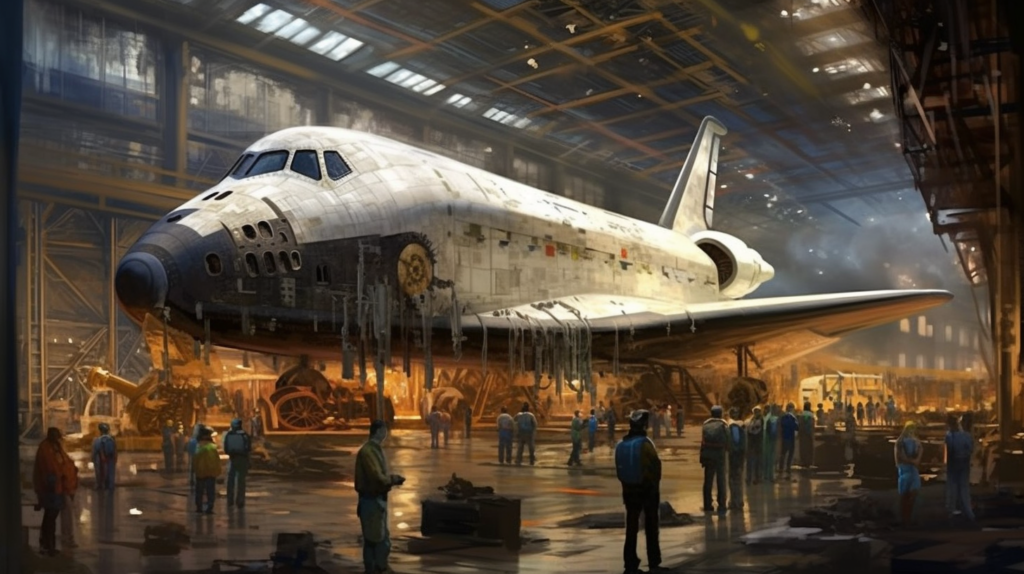
After successfully completing the Approach and Landing and Orbital Flight tests, Columbia was finally ready for its first real mission into space. Extensive preparations were needed to ready the overall shuttle system and assemble the STS-1 flight crew.
Bringing Together the first Space Shuttle launch Stack
The space shuttle system incorporated multiple components that had to be integrated before launch:
Orbiter – The winged Columbia spaceplane built by Rockwell that would carry the crew and cargo.
External Tank – A large orange expendable tank built by Martin Marietta held the liquid propellant for the orbiter’s engines.
Solid Rocket Boosters – Provided over 80% of the shuttle’s thrust at liftoff using solid fuel. They detached and parachuted down for recovery.
The first Space Shuttle launch Main Engines – Three RS-25 liquid fueled engines on the orbiter powered the ride to orbit. They fired for 8.5 minutes.
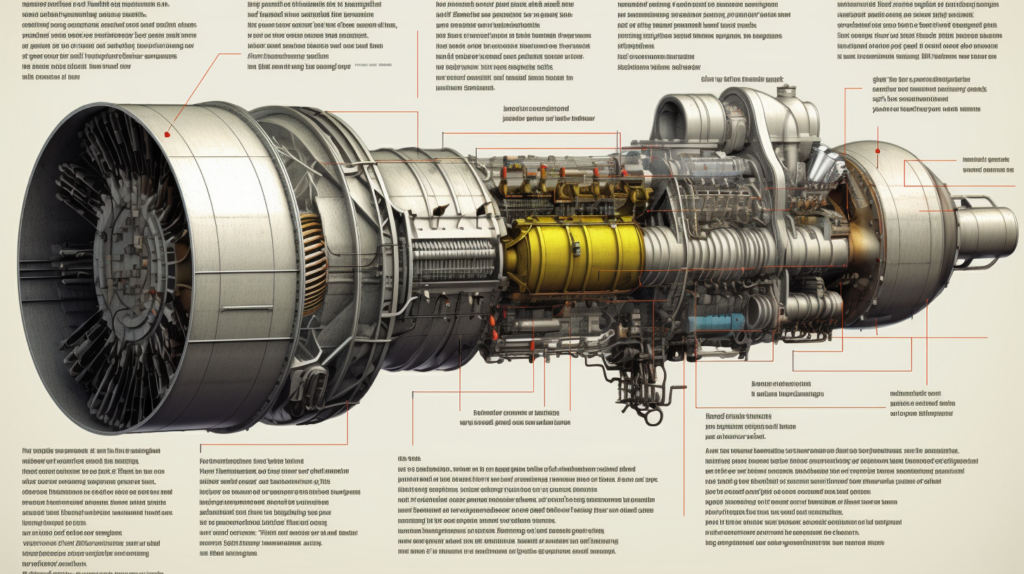
All of these elements had to be brought together in the Vehicle Assembly Building and then rolled out the pad. Propellant loading and countdown procedures also had to be validated.
Selecting the STS-1 Flight Crew
For the first crew to fly Columbia, NASA selected two veteran astronauts:
- John Young – Veteran of Gemini, Apollo and the Apollo-Soyuz Test Project. He would command STS-1.
- Robert Crippen – Pilot on the Skylab Medical Experiment Altitude Test and support crew for the first space shuttle launch flights. He would serve as pilot on STS-1.
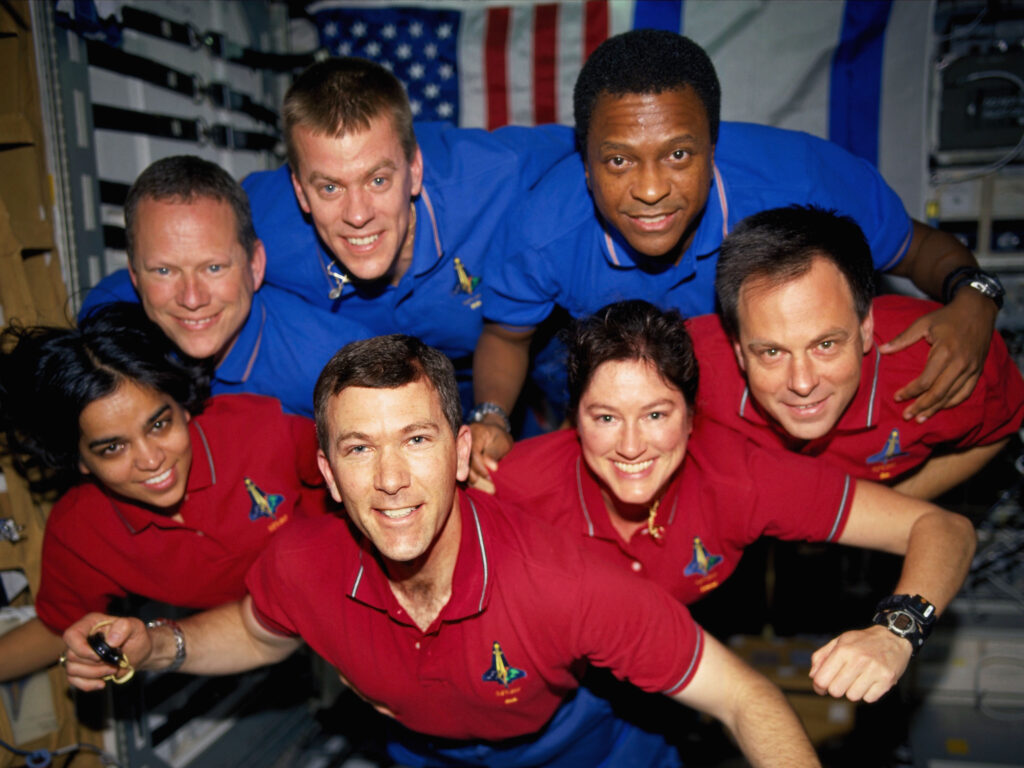
These men were both experienced test pilots who were familiar with the shuttle’s development. Young would become the only astronaut to fly on the first and last shuttle missions.
Mission Objectives
For STS-1, Young and Crippen would guide Columbia through a 37-orbit, 54-hour shakedown cruise. Key objectives included:
- Evaluating overall the first space shuttle launch operations from liftoff to landing
- Testing the combined performance of shuttle systems in space
- Exercising orbiter subsystems like maneuvering thrusters and robot arm
- Deploying a couple small satellites from the payload bay
There was no elaborate science mission for this maiden voyage – the focus was completely on wringing out the new spacecraft.
Liftoff of the First Space Shuttle launch
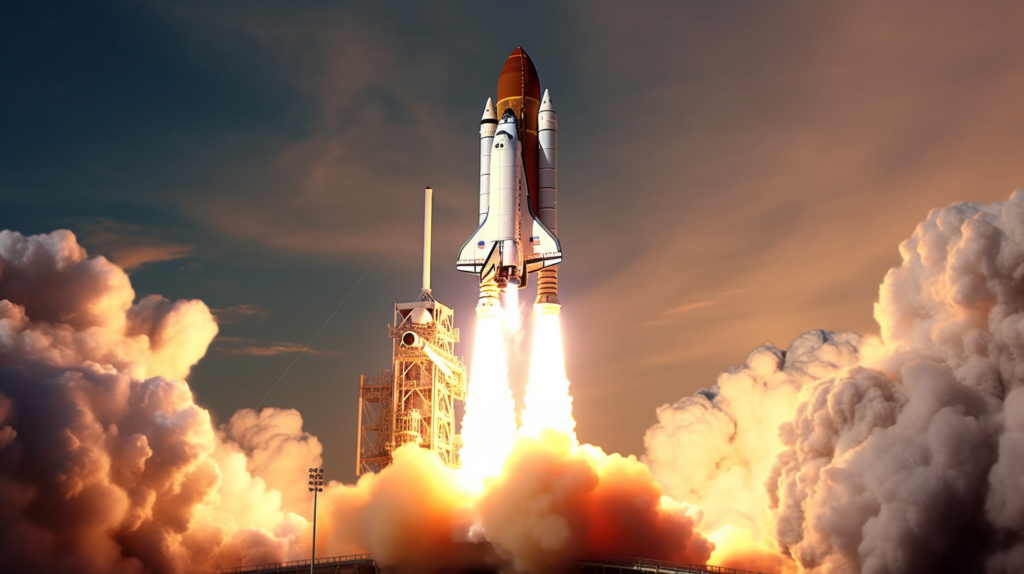
After years of development and testing, Columbia sat perched on Pad 39A at Kennedy Space Center on April 12, 1981, ready to fly. Young and Crippen strapped in as launch controllers ran through the countdown. The first shuttle launch drew intense public interest.
Countdown and Launch
The launch countdown for STS-1 officially began on April 9, 1981. Some delays were incurred, but no technical issues threatened the launch. At 7:00 AM on April 12, the countdown entered its final stages for a scheduled liftoff at 7:20 AM.
As launch controllers polled for a “Go”, there was a sense this would be an historic day for NASA. When the clock hit zero, Columbia’s engines ignited and the shuttle rose from the pad. The first space shuttle launch was underway!
Viewers saw the familiar launch pad view of the shuttle clearing the tower and pitching upward. Columbia was headed to space.
Mission Control
While Young and Crippen were along for the ride, the STS-1 ascent was entirely controlled by the shuttle’s onboard computers. Mission Control could only monitor powered flight.
9 minutes after liftoff, Columbia’s main engines cut off and the external tank was jettisoned. Shortly after, the mission commander radioed: “Columbia, we’re here and we’re happy with that.”
With Columbia safely in orbit, Young and Crippen got to work activating systems and preparing for the planned 2-day test flight. It was the beginning of a new era.
Media Coverage
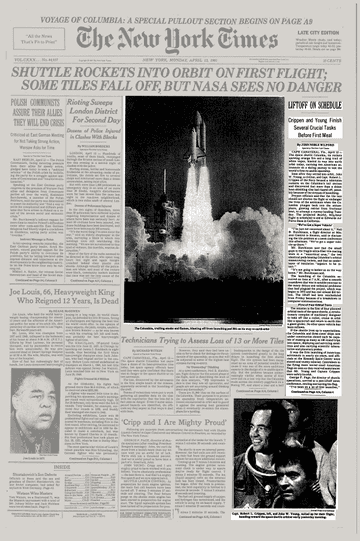
The first shuttle launch was heavily covered in the media, with reporters emphasizing the program’s goals of routine space access. Some headlines included:
- “Space shuttle flies into orbit” – New York Times
- “Spaceship Columbia zooms smoothly toward flight mark” – Washington Post
- “Columbia Whirls Easily in Orbit” – Los Angeles Times
While the launch appeared flawless from the public’s view, behind the scenes controllers scrambled to assess tile damage seen on launch. But the mission pressed on.
Columbia’s Return to Earth
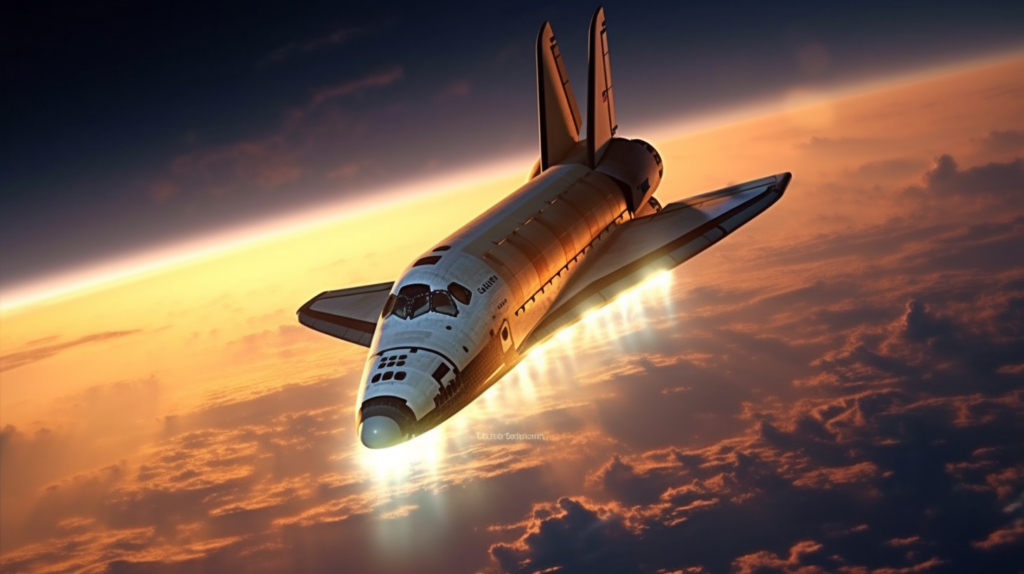
On April 14th, Young and Crippen fired Columbia’s engines to drop out of orbit and return to Earth. After some fiery re-entry heating, Columbia gracefully touched down on Rogers Dry Lake at Edwards Air Force Base.
Deorbit Burn
After completing nearly 37 orbits, it was time for Columbia to come home. At 6:15 AM PST on April 14th, the shuttle fired its orbital maneuvering engines for 2 minutes and 45 seconds.
This slowed the shuttle and allowed it to fall out of orbit on a precise trajectory towards its California landing site. Columbia was headed back to Earth.
Re-entry and Landing
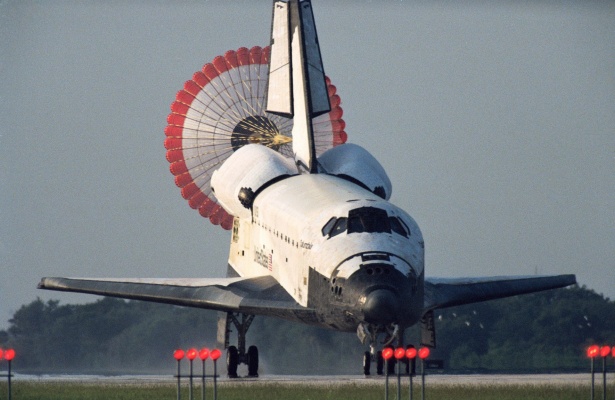
As Columbia hit the upper atmosphere, friction generated temperatures up to 3000°F around the shuttle. Its silica insulation tiles protected the vehicle.
Columbia descended towards Rogers Dry Lake bed, with Young piloting the shuttle through sweeping S-turn banking maneuvers. After 2 minutes of hypersonic gliding, Columbia’s landing gear deployed.
At 6:21 AM local time, Columbia touched down smoothly on the dry lakebed runway 22. NASA had stuck the landing!
Mission Complete
As Columbia rolled to a stop on the Edwards runway, spontaneous cheering broke out in Mission Control. The first space shuttle launch mission was complete after 2 days in space.
Young and Crippen emerged smiling in their orange partial pressure suits. They had put Columbia through its paces and it performed almost flawlessly – proving the concept of the reusable space shuttle.
Here is the second 5000 word part of the article on the first space shuttle launch:
Detailed Highlights from STS-1: The Mission of Columbia
When space shuttle Columbia lifted off from Pad 39A on April 12, 1981, it marked a monumental achievement for NASA and the beginning of a new era in spaceflight. The two-day STS-1 mission served as a test flight for the new reusable shuttle system. It was an opportunity to put both the orbiter Columbia and the overall space shuttle through their paces.
While the launch and landing represented key milestones, the heart of STS-1 was the time spent on orbit. During their nearly 54 hours circling the Earth, astronauts John Young and Robert Crippen activated critical shuttle systems, evaluated orbiter handling, and conducted payload operations. Despite some problems, STS-1 met most of its major objectives.
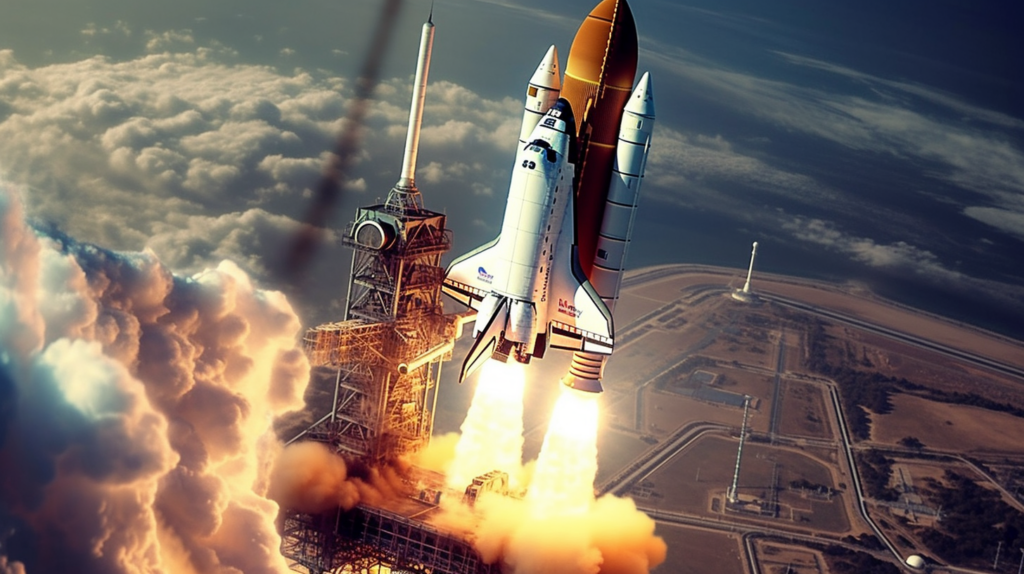
Launching the Columbia Stack
The first space shuttle launch system incorporated multiple elements that had to be integrated for launch:
- Orbiter Columbia – The crew-bearing reusable spaceplane.
- External Tank – A large expendable tank that fed propellant to Columbia’s engines.
- Solid Rocket Boosters – Provided the majority of liftoff thrust. They detached and parachuted down to the ocean for recovery.
On launch day, this entire stack stood on Pad 39A, awaiting ignition of Columbia’s three main engines followed by the solid rockets to lift the 4.5 million pound vehicle upward.
Nine minutes after liftoff, the external tank separated and Columbia continued into orbit using its own onboard propulsion. The launch was a first flight demonstration of the integrated shuttle stack.
Activating Critical Systems
Once safely in space, the STS-1 astronauts got to work activating the various systems aboard Columbia. Proper functioning was critical for the remainder of the test objectives.
Some key activations included:
- Electrical – Powering up the shuttle’s electrical buses and generators
- Cooling – Turning on radiators and ammonia boilers for heat rejection
- Propulsion – Pressurizing propellant tanks and priming thrusters
- Communications – Deploying antennas and checking S-band links
- Computers – Bringing online the five GEN II general purpose computers and IBM AP-101 avionics computers
- Supplies – Initial transfer of food packages and water containers
The astronauts also activated Columbia’s other subsystems like navigation, environmental control, hydraulics, and more. STS-1 offered the first real test of the orbiter’s interconnected systems.
Flying the Shuttle in Orbit
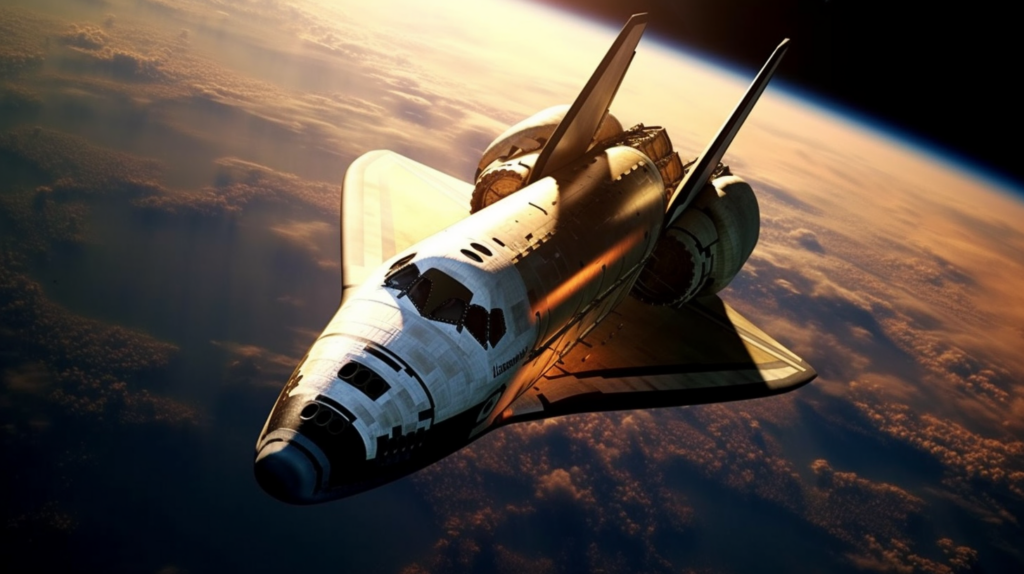
Columbia incorporated a complex array of 38 primary maneuvering engines and smaller reaction control jets to handle orbit changes, attitude control, and re-entry. STS-1 provided the first opportunity to test Columbia’s maneuvering capabilities.
Some flight tests included:
- Manual attitude control – The crew tested manual control of the orbiter using the rotational hand controller. This allowed fine pointing of Columbia’s nose or tail along all three axes.
- Altitude changes – Small thruster firings raised and lowered Columbia’s orbit to test rendezvous techniques. The shuttle adjusted altitude by 8 nautical miles.
- Profile descent – During re-entry, the crew guided Columbia through a series of S-turn banking maneuvers to modify energy descent.
- Landing approach – Final maneuvers on landing day aligned Columbia with Rogers Dry Lake runway and controlled airspeed.
Between major burns, Columbia rotated slowly in space using its jets to evenly distribute heat across the vehicle. STS-1 marked the first real test drive of a shuttle orbiter.
Deploying Payloads
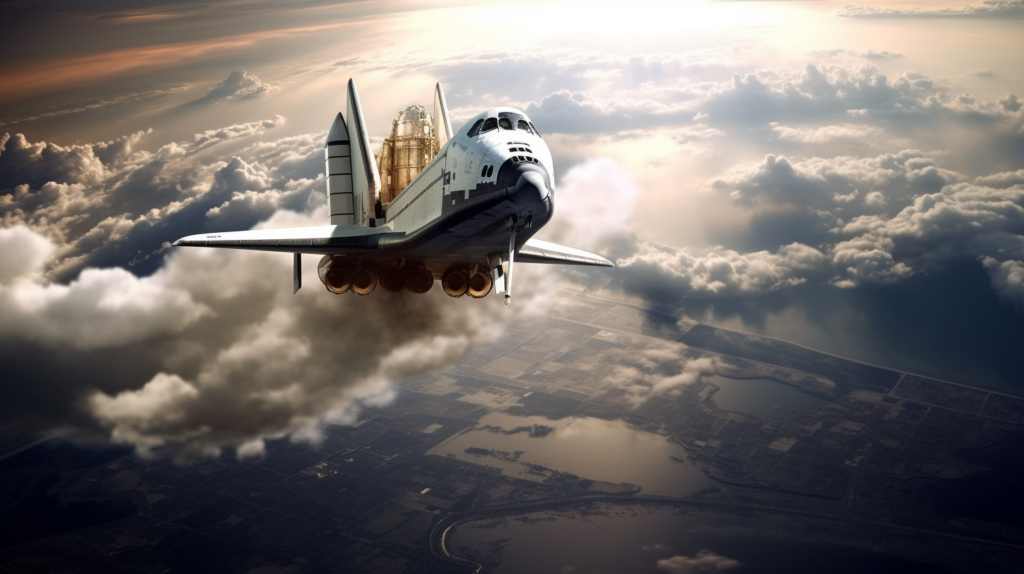
Along with testing orbiter systems, STS-1 also carried a couple small payloads in Columbia’s 60-foot long payload bay:
- Induced Environment Contamination Monitor (IECM) – A set of instruments to measure contaminants released by the orbiter in space. Important data for understanding shuttle environment impacts.
- Development Flight Instrumentation (DFI) – A collection of sensors to monitor temperature, strain, vibration, and pressure on Columbia during launch, orbit, and re-entry. Provided key aerothermodynamic data.
On mission day 1, Columbia’s payload bay doors opened and astronauts activated the IECM and DFI packages. On day 2, they deployed the IECM samples for direct space exposure to monitor effects on optical materials.
These small payloads and deployment activities exercised orbiter payload handling capabilities in space for the first time.
Dealing with Tile Damage
Following launch, mission controllers soon noticed missing thermal protection tiles on Columbia, particularly on the aft pod of the orbiter. This led to concerns about Columbia’s safety during the fiery re-entry.
After extensive analysis, mission managers decided the damage was acceptable. They limited the first re-entry to a shallow, slower profile just in case. Columbia made it through re-entry without safety issues, but tile vulnerability remained an ongoing shuttle program concern.
The damage likely came from the pressure wave interacting with the orbiter stack shortly after SRB separation. Foam debris from the external tank also emerged as a tile threat on later flights.
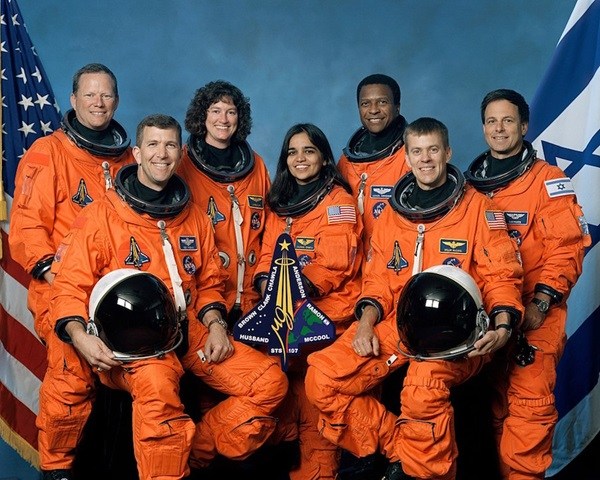
Cabin Activities and Crew Leisure
When not focused on flight operations, Young and Crippen settled in for their two-day shakedown cruise. The mid-deck crew cabin was tight, but included basic amenities for eating, sleeping, and waste management on orbit.
Food options included packaged beverages and meals like chicken and vegetables, sausage patties, and macaroni & cheese. The astronauts also enjoyed their first hot coffee freshly brewed aboard the shuttle.
In between work tasks, the crew snapped photos out Columbia’s windows and chatted with CAPCOM about the views. Despite a busy flight plan, some leisure time was available – a novelty on prior U.S. spaceflights.
Mission Control Operations
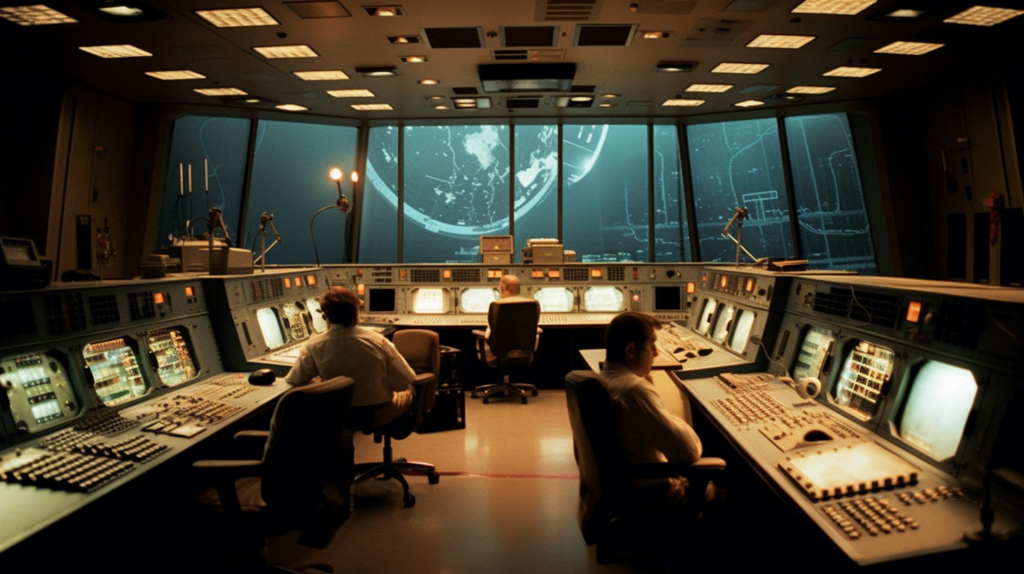
On the ground, overall management of STS-1 fell to the NASA flight director, who orchestrated the mission control team. This included positions like:
- Flight – Oversight of mission objectives, timelines, and priorities
- CAPCOM – Primary communicator with shuttle crew as astronaut representative
- FDO – Responsible for orbiter power, propulsion, and consumables management
- GNC – Monitored flight systems and trajectories
- EECOM – Managed vehicle electrical and environmental systems
- INCO – Oversaw instrumentation, communications, and tracking
These core positions had to understand Columbia’s capabilities and limitations and make real-time decisions when issues cropped up on the mission. It was a learning experience with the new space shuttle.
Public Interest and Media Coverage
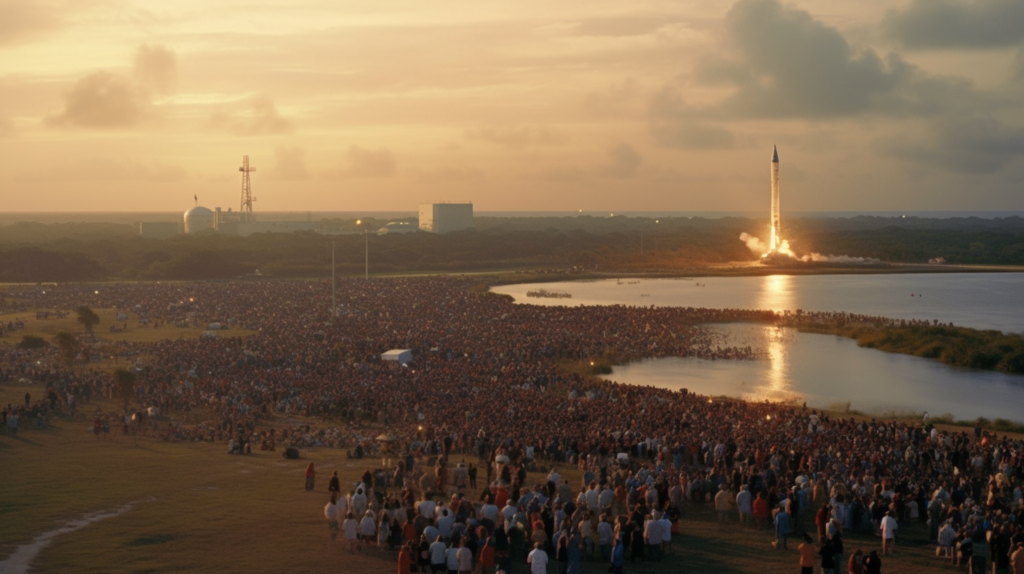
The launch of America’s first reusable spacecraft generated tremendous public and media interest. An estimated 500,000 people came to Florida to witness the historic STS-1 launch.
The mission received heavy TV coverage, including live broadcasts of both launch and landing. Media marveled at the shuttle’s capabilities and pronounced the mission a successful start to the program.
A new era of shuttle astronauts fascinated the public, with Crippen and Young appearing on the cover of Time magazine and major newspapers. Overall, STS-1 helped solidify broad public support for the space shuttle program moving forward.
Challenges and Anomalies During STS-1
While STS-1 accomplished most of its major objectives, proving out the space shuttle design, it was not without problems. The mission experienced several notable anomalies across shuttle systems like tiles, engines, fuel cells, and more. But Columbia persevered through these challenges.
SSME Engine Anomaly
During ascent, one of Columbia’s three Space Shuttle Main Engines shut down early due to a coolant valve issue. This engine failure had been encountered previously during a ground test.
Despite the engine anomaly, Columbia’s onboard computers compensated by burning the remaining engines longer. Columbia reached orbit using two engines without issue. The early SSME shutdown was a reminder that engine reliability remained a concern. Later, this experience became decisive for creating and derive orbit of future shuttles, and subsequently an international space station.
Fuel Cell Problems
Columbia generated its onboard electrical power using three fuel cells that combined oxygen and hydrogen. During STS-1, two of the fuel cells showed evidence of membrane deterioration.
One fuel cell leaked a small quantity of potassium hydroxide, while another exhibited voltage fluctuations. Engineers monitored the fuel cells closely, but power generation was sufficient.
Communications Dropouts
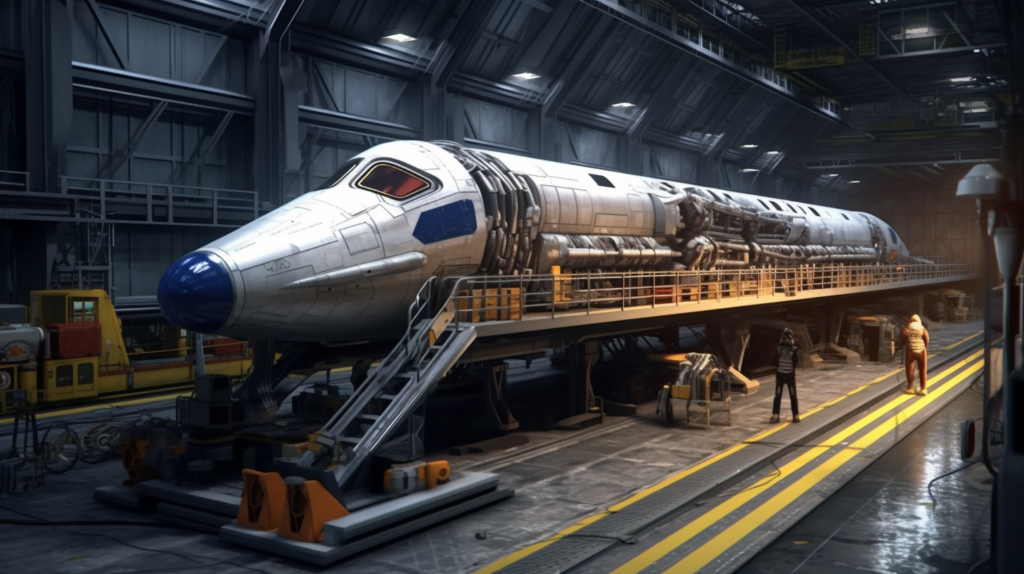
There were a few instances where Columbia’s S-band communications contact with mission control briefly dropped out for several minutes at a time. Some signal attenuation was expected, but longer losses during key operations could be risky.
Some dropouts were traced to crew motion temporarily misaligning antennas. Other losses occasionally occurred when Columbia flew belly-first or tail-first for thermal reasons. Communications reliability proved to be an occasional challenge.
Flash Evaporator Anomaly
Used to cool Columbia’s systems during orbital operations, the flash evaporator system experienced unexpected pressure spikes during STS-1. This triggered an automatic shutdown of the system temporarily until pressures could be equalized.
The anomaly repeated a few times during the mission and required power cycling of the system to reset it. A contributing factor may have been air ingestion into the coolant fluid lines.
Display Anomalies
Columbia’s cockpit incorporated CRT displays and backlit panels to provide flight system information to the crew. There were scattered anomalies with these displays during STS-1.
At times, some display screens showed gibberish or random characters. Cycling display power would temporarily resolve it. Electromagnetic interference was suspected as the culprit.
Conclusion of the Historic STS-1 Mission
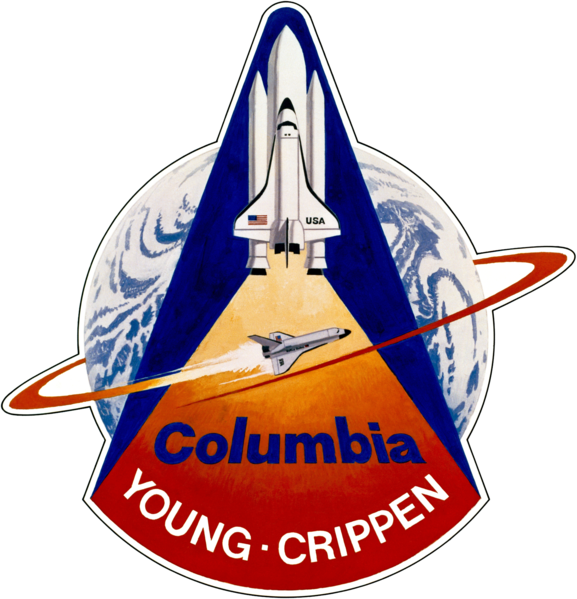
When Columbia touched down at Edwards Air Force Base on April 14, 1981, the flight of the first space shuttle launch was officially in the history books. STS-1 successfully demonstrated the capabilities of this new winged reusable spaceship over its two-day shakedown flight.
The mission gave NASA confidence in the overall shuttle system while highlighting areas that required additional work. Fixes would be implemented between STS-1 and STS-2 targeted for just 7 months later.
STS-1 paved the way for routine access to space with the space shuttle fleet. It kicked off an ambitious program that led to pioneering achievements over the next 30 years:
- Constructing the International Space Station
- Deploying the Hubble Space Telescope
- Studying the Earth and heavens
None of this would have been possible without the enormous effort that went into getting Columbia successfully to orbit and back on its first test flight on STS-1.
The mission exceeded most expectations. As shuttle commander John Young said after landing:
“This is indeed the vehicle we imagined it to be, the vehicle we tried very hard to make it be, and the vehicle that in fact, we have.”
STS-1 ushered in a shuttle era that enabled humans to live and work in space like never before. The launch and journey of Columbia will be remembered as a landmark achievement of American spaceflight.

